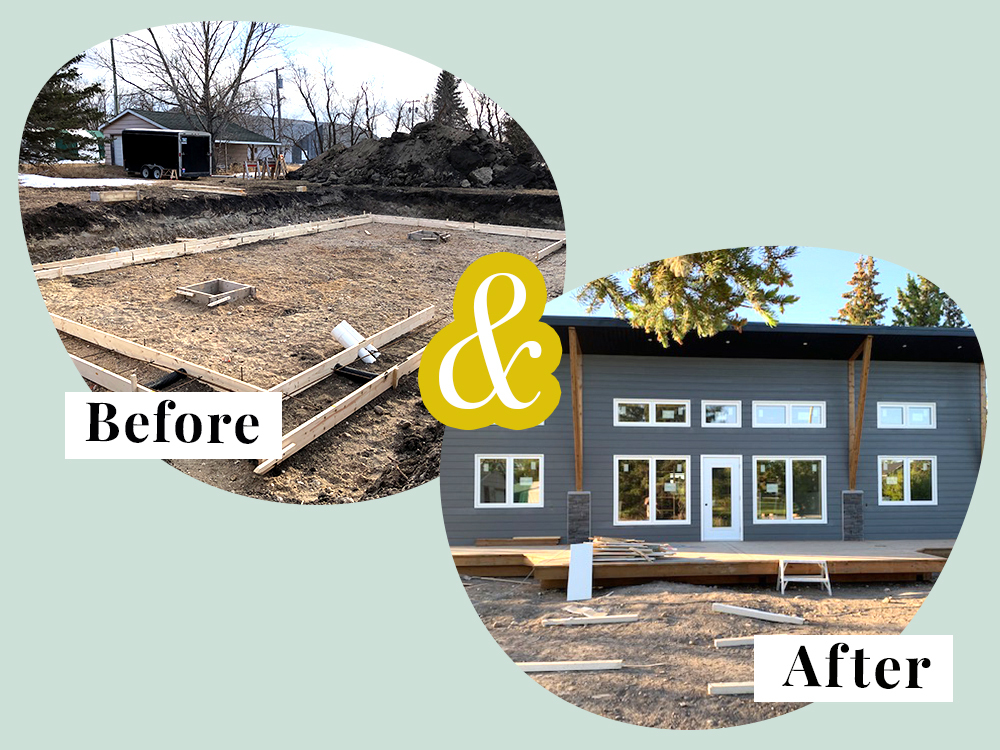5 Impossible-To-Screw-Up DIY Solutions For Super-Common Household Problems

When the pipes clog or the faucet begins to leak, you could pick up your phone, or you could pick up your tool kit. A hands-on approach to home maintenance can be intimidating, but when you tackle a simple project yourself with DIY solutions, you do more than save money. You get a new skill set.
With every unclogged pipe and adjusted faucet, you’ll build on your DIY experience and improve your abilities. You’ll handle common household problems with ease and deal with less stress when faced with a bigger problem. It starts with a basic understanding of simple fixes you can manage without help from professionals. Below, we’ve got basic repairs for issues you’re likely familiar with. None of these DIY solutions are cute, but they’re effective — and there’s nothing quite like conquering a plumbing mess for the first time.
1. Squeaky Floorboards
Hardwood flooring may be the gold standard, but it does have its disadvantages. You might find your boards have started to squeak, and even the slightest pressure is enough to make them creak and complain. While it’s easy enough to ignore at first, it can begin to get irritating over time.
Fortunately, talcum powder is a simple fix for a pesky problem. Sweep it into the joints of the floorboards that rub against each other, and, easy as that, your hardwood won’t herald your arrival each time you enter the room. If it doesn’t work, you might need to secure the boards to the subfloor.
2. Torn Window Screen
If you find a small tear in your window screen, you don’t have to replace it. You can mend the issue with clear fingernail polish — an easy, inexpensive fix which will save you a trip to your local hardware store. Simply apply the polish to the damaged area, let it dry and check back later. That said, fingernail polish isn’t capable of repairing an actual hole in the screen. It’s more for small-scale issues. Try to find and address small-scale issues before they escalate into larger problems, but if you don’t, you’ll likely have to purchase a new screen to take the place of your former one.
3. Clogs & Slow Drainage
Fat, oil and grease can stick to the interior of your drainpipes and interrupt the water flow. Most specialists recommend pouring several pots of boiling water down the drain from time to time to break up the accumulation. While drain cleaner works, repeated use has the potential to degrade your plumbing components. If you deal with frequent clogs, you might need to take a different approach to solve your problem. You won’t necessarily need professional help, but the process is a little more complicated than using talcum powder or fingernail polish. You can manage stubborn buildup in your pipes by following the five steps below:
- Cut the sink’s water supply by turning the valve.
- Position a bucket beneath the U-shaped pipe joint.
- At both ends, unscrew the U-shaped pipe joint and remove it.
- Allow the water to pour into the bucket beneath the pipe.
- Clear out the clog and replace the pipe part.
4. Frozen Pipes
As a form of preventative maintenance, you should insulate the pipes in your laundry room, basement and other utilitarian areas where they’re exposed. When temperatures drop below freezing, these pipes are at risk, and you can save yourself a lot of time and money by taking the initiative. Thankfully, it doesn’t require much to make sure your pipes are safe. With heating cables, electrical tape and insulation foam you’ll have all the supplies needed for the job. To start, run the cables along your pipes and fasten them with electrical tape every few inches. Then cover the cables with insulating foam and plug in the cord.
5. Rusted Sinks
When you let a cast-iron pan linger in a stainless steel sink for an extended period, you could end up with rust. Whether it’s the fault of a wok, pot or cookie sheet, metals don’t do well in a damp environment. There’s no reason to worry, however, because a dash of vinegar and baking soda is more than enough to do the job. First, combine the vinegar and baking soda until it reaches a paste-like consistency, then spread it across the rust spots and let it sit. Wait for five to 10 minutes, longer if necessary, then scrub it away with water and a scrub pad. Just like that, your stainless steel sink will look good as new, without unsightly blemishes.
Roll Up Your Sleeves
The next time you find an issue in your home, roll up your sleeves and see what you can do! Many common household problems have easy fixes with DIY solutions, and whether you attend to torn window screens or clogged pipes, you’ll find it’s relatively straightforward. All you need are the right tools and a positive attitude.
Holly Welles believes anyone can learn to make the most of their space. She’s a real estate writer with her own blog, The Estate Update. Find more of her tips on Twitter @HollyAWelles.
Image via Unsplash
Like this story? Follow The Financial Diet on Facebook, Instagram, and Twitter for daily tips and inspiration, and sign up for our email newsletter here.




